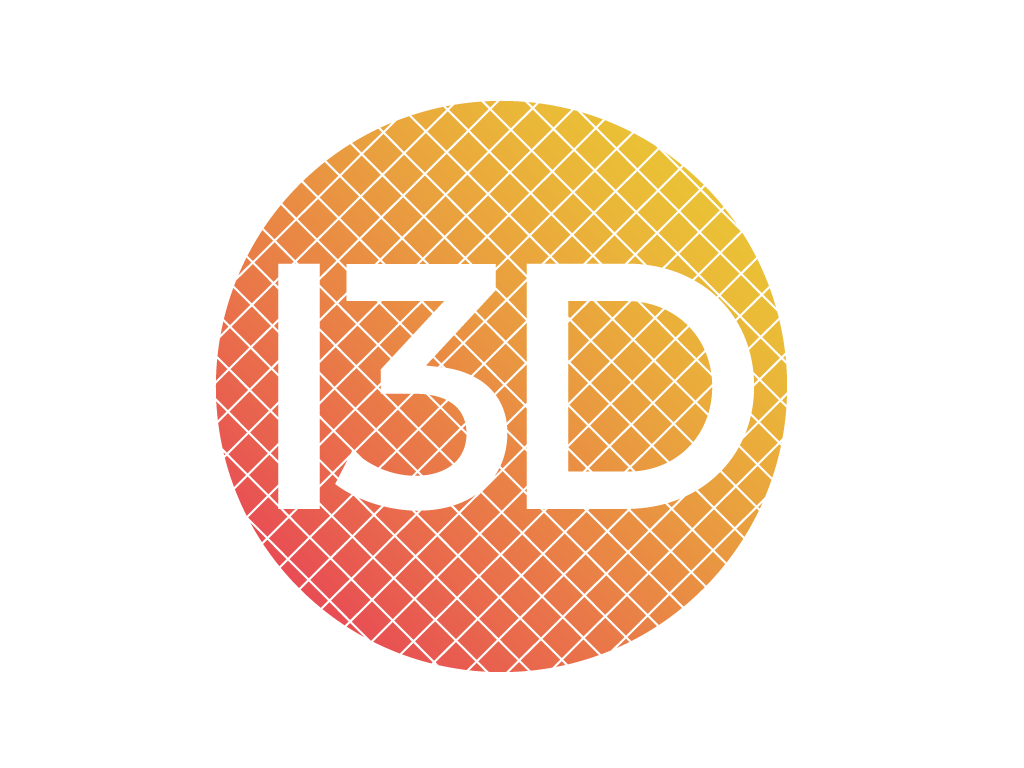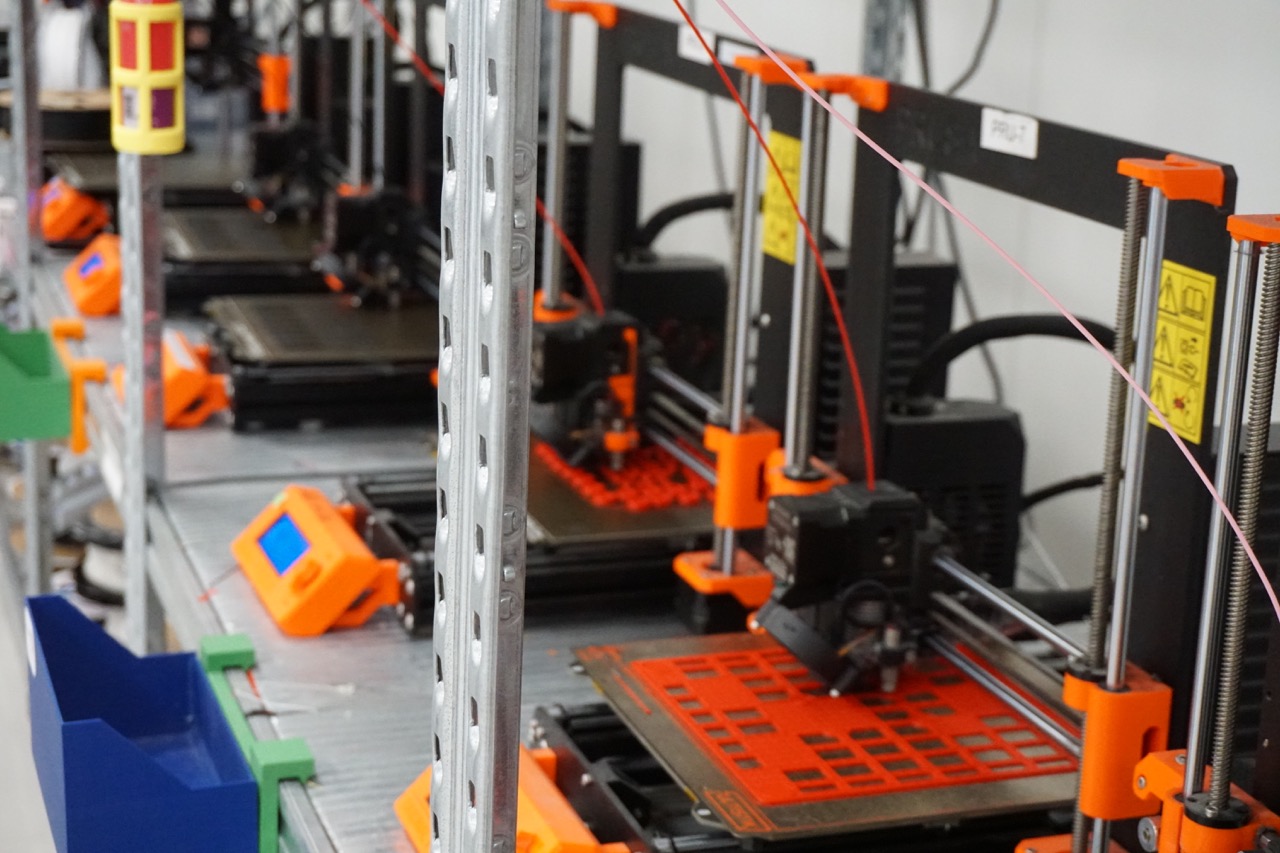If you’re trying to figure out which 3D printing material best suits your needs, keep reading as we explore the available options.
In our daily expeditious environments we sometimes take technology for granted, often turning to it as though it is our personal assistant, while it also feels like it has been around forever.
This rationale applies even more for specific machinery like 3D printing, as whereas it is not the first time we heard about it or watched it in awe at work crafting an object, however believe it or not 3D printing has been with us from 1981! That was when Dr Hideo Kodama developed one of the early rapid prototyping machines which formed parts layer by layer, using resin that could be polymerised by Ultraviolet (UV) light.
Fast forward to present, and 3D printing is not only still in vogue but it has been modified and tweaked to cater for today`s needs, while users have been experimenting with different materials to feed their 3D printer according to what they are after as end product.
If you happen to work with 3D printing or it is one of your favourite side hustles, but even if you are still starting, attracted to this fascinating world, read on as we explore the materials in offing and which ones to choose for those particular tasks.
Deciding on Materials – Considerations
It is paramount then that prior to start investing in materials, you are knowledgeable about what`s on offer and for which purpose.
- Application – Ensure that your chosen material matches with the certifications/key features required for the application, checking durability needs, while keeping in mind that say a concept model doesn`t necessary need the same sturdiness of a finished product.
- Aesthetics – Depending on which type of 3D printing you`re commissioned, for example cosmetic parts or dentistry will have complex nooks, which will represent a bigger challenge for sanding, polishing or painting at a later stage.
- Function – Focus on your application`s primary purpose to choose the material correctly, and check for properties like robustness, flame retardancy and impact resistance.
- Certifications – See that all material and engineering requirements are being met, covering certification segments like biocompatibility, sterilisation abilities, flame smoke and toxicity, specific chemical resistance and any FDA (Food and Drug Administration) certifications needed for skin contact. All these can be critical for your project.
- Cost – Expenses vary depending on which material you choose, so planning beforehand will ensure that you can manage your 3D project without sacrificing quality.
- Sustainability and Environmental Impact – Selecting a less toxic or environmental-friendly material will contribute in reducing waste and promoting a more sustainable future, so do tap on materials which offer biodegradable or recyclable options.
Resources and their Properties
From transparent spooled plastic sold in matte or glossy textures commonly used for toys to various types of metals, nylon, resin, ceramics and even graphene which is very much sought after for its strength, conductivity and flexibility, the materials on offer are so abundant that we can`t include them all in this article, but we still recommend that you check their properties in line with your project.
To give you a taste on what to spot, take the below as a simple guide where we explore more on two specific and most popular materials used for 3D printing.
Polylactic Acid (PLA)
Benefits:
- Relatively low melting temperature cc 180-220C, thus it offers ease of use and can be applied with most 3D printers without requiring a heated bed
- Ideal for professional looks as finished products are smooth, appearing clean and polished
- PLA is a plant-based material thus environmentally friendly, and it can also break down over time in particular conditions
Limitations:
- More brittle when compared with other materials, therefore less suitable for parts requiring strength or impact resistance
- Low heat resistance, can melt or deform at temperatures above 50C, thus unsuitable for high heat resistance applications
Applications:
- Its ease of use is ideal for prototyping models which require precision and accuracy
- The final smooth surface makes it popular among artists and designers for figurines and sculptures
- Used for educational purposes in £D printing and design teaching, due to its low cost, safety, and eco-friendliness
Acrylonitrile Butadiene Styrene (ABS)
Benefits:
- An affordable material, which is as a key factor when choosing resources for a 3D printing project
- ABS is also durable, but although its filaments are firm it is surprisingly flexible
Limitations:
- It can`t be printed as fast as PLA without suffering from issues like warping and imperfections
- Speed should be limited to 60mm/s, while when coming to critical parts the rate should be reduced even lower
Applications:
- Coming in assorted colours, it is ideal for specific applications such as toys
- ABS is becoming also desirable for crafts such as jewellery and home decor
Concluding
Confident that from what we can observe in the market 3D printing is here to stay and is being used in various segments, but also for specific niches. Being knowledgeable will surely place you in a better position, not only to be capable to yield all the potential which your 3D printer possesses but also to attain that glorious feel of fulfilment and bask (boast too) in your creations, consequently reaping from your investment.
As we saw along the years 3D printing starting catering for numerous purposes, thus diverse materials had to be tried until we are now in a comfortable, dare I say luxurious position to enlist a variety to choose from always depending on what is being commissioned as the final product.
Professional 3D printing doesn`t come cheap, so keep in mind to do your homework wisely before accepting or starting a new project, while it is a must to choose carefully the material needed before forking out your precious hard-earned bling and dedicating (also losing) quality time out of your already busy schedule.
We trust that our guide provided valuable insights on the material to opt for your next 3D printing venture to assist you in achieving optimal and ideally sustainable results, derived by prioritising and including a minimal environmental impact in your initial equation and blueprint.





